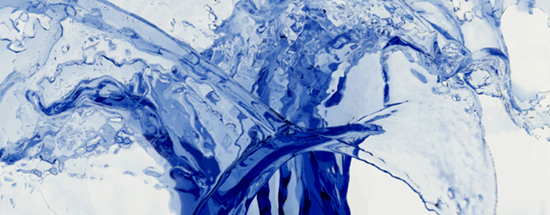Doyub Kim1, Oh-young Song2, and Hyeong-Seok Ko1
1Seoul National University
2Sejong University
Computer Graphics Forum (Proc. Eurographics), April 2008 (Vol. 27, No. 2) pp. 467-475.
In this paper, we propose a new constrained interpolation profile (CIP) method that is stable and accurate but requires less amount of computation compared to existing CIP-based solvers. CIP is a high-order fluid advection solver that can reproduce rich details of fluids. It has third-order accuracy but its computation is performed over a compact stencil. These advantageous features of CIP are, however, diluted by the following two shortcomings: (1) CIP contains a defect in the utilization of the grid data, which makes the method suitable only for simulations with a tight CFL restriction; and (2) CIP does not guarantee unconditional stability. There have been several attempts to fix these problems in CIP, but they have been only partially successful. The solutions that fixed both problems ended up introducing other undesirable features, namely increased computation time and/or reduced accuracy. This paper proposes a novel modification of the original CIP method that fixes all of the above problems without increasing the computational load or reducing the accuracy. Both quantitative and visual experiments were performed to test the performance of the new CIP in comparison to existing fluid solvers. The results show that the proposed method brings significant improvements in both accuracy and speed.
Resources
![]() Download Interpolation Codes (2D/3D)
Download Interpolation Codes (2D/3D)
![]() Videos
Videos




